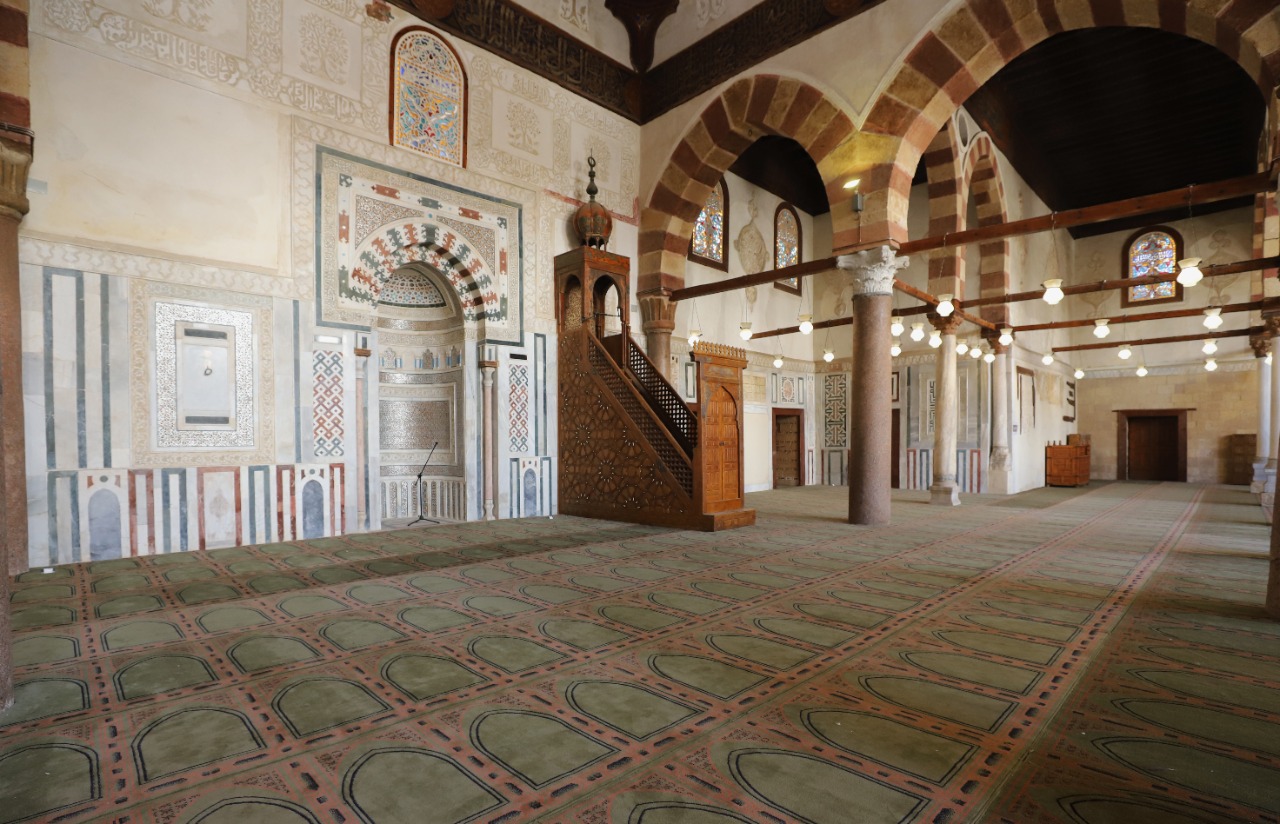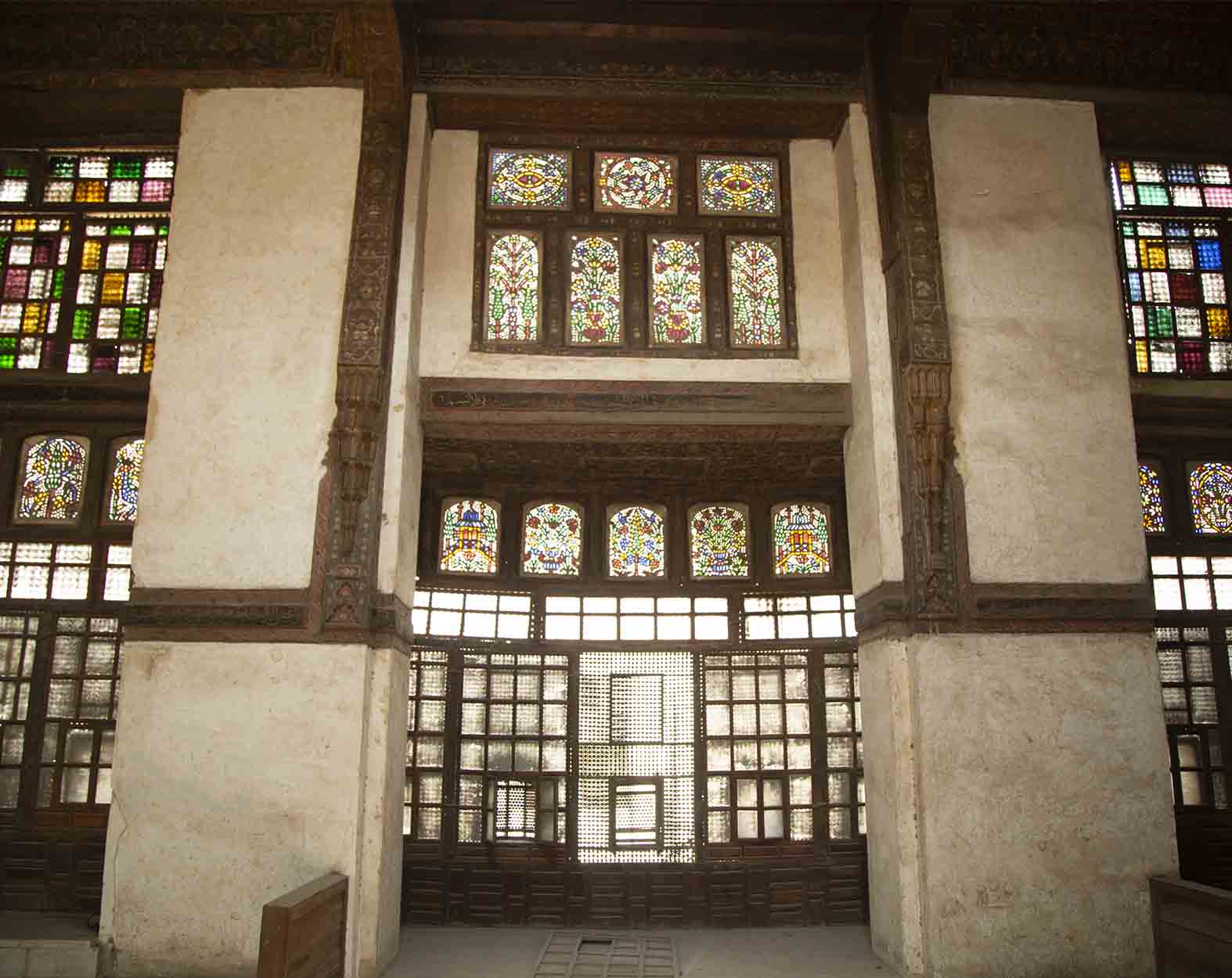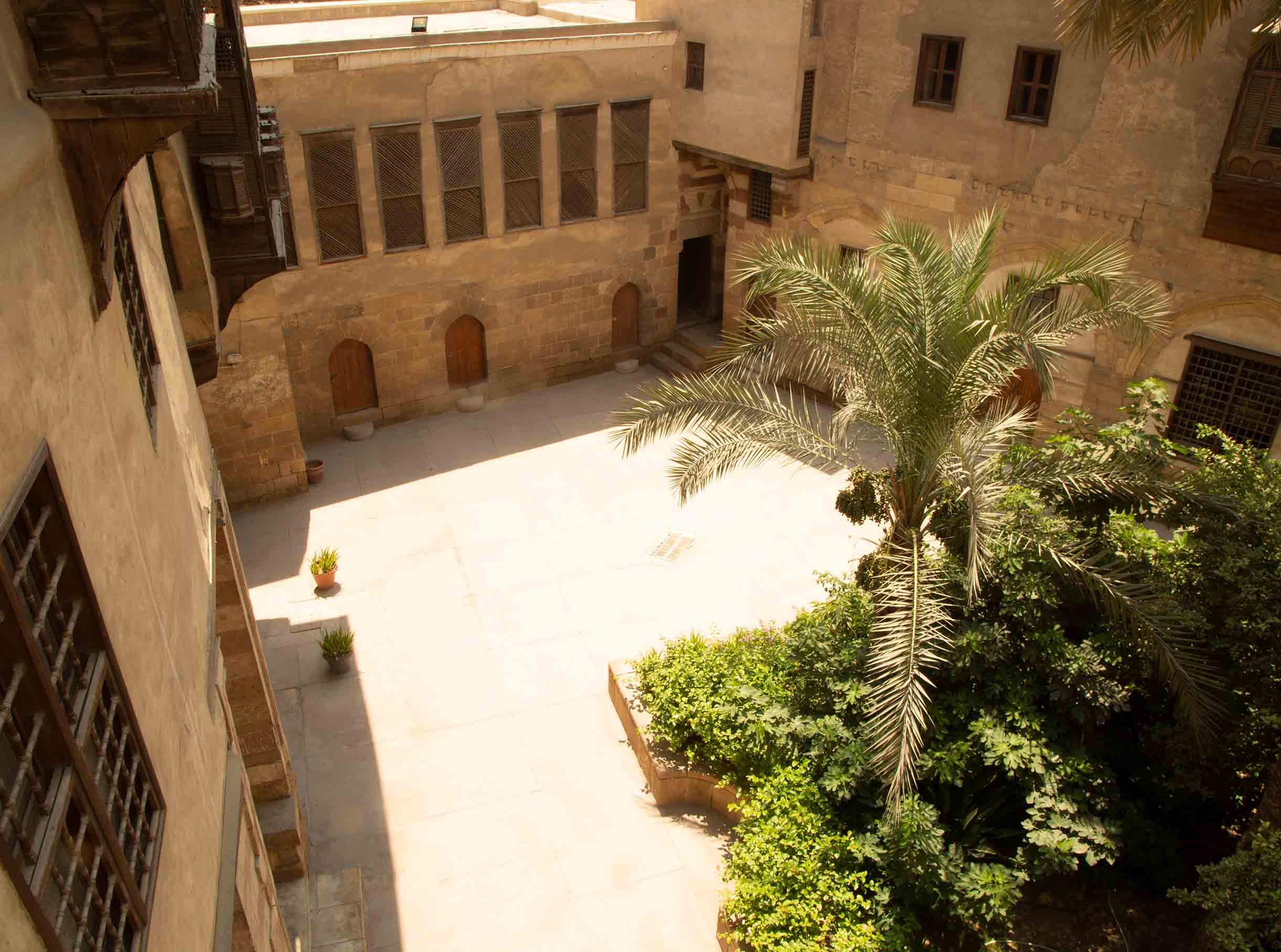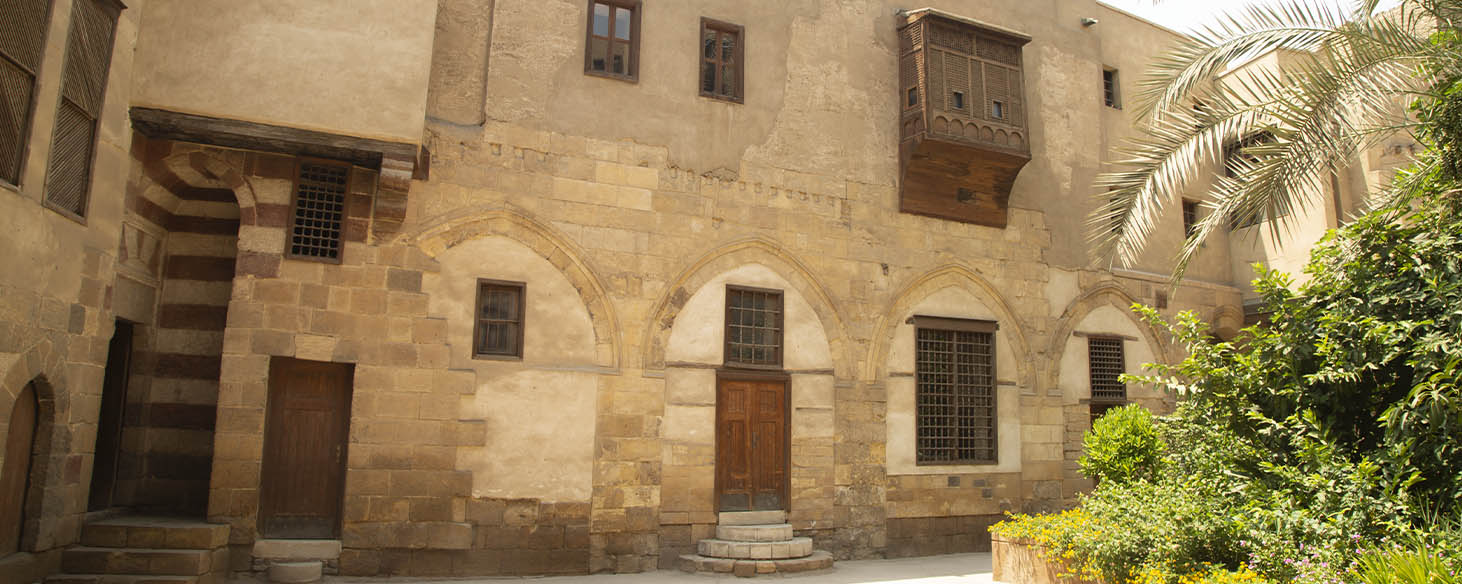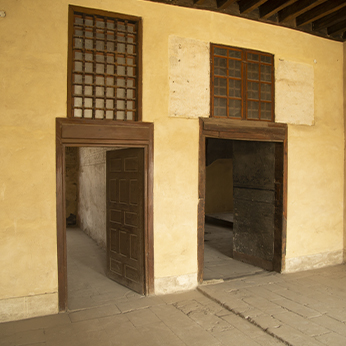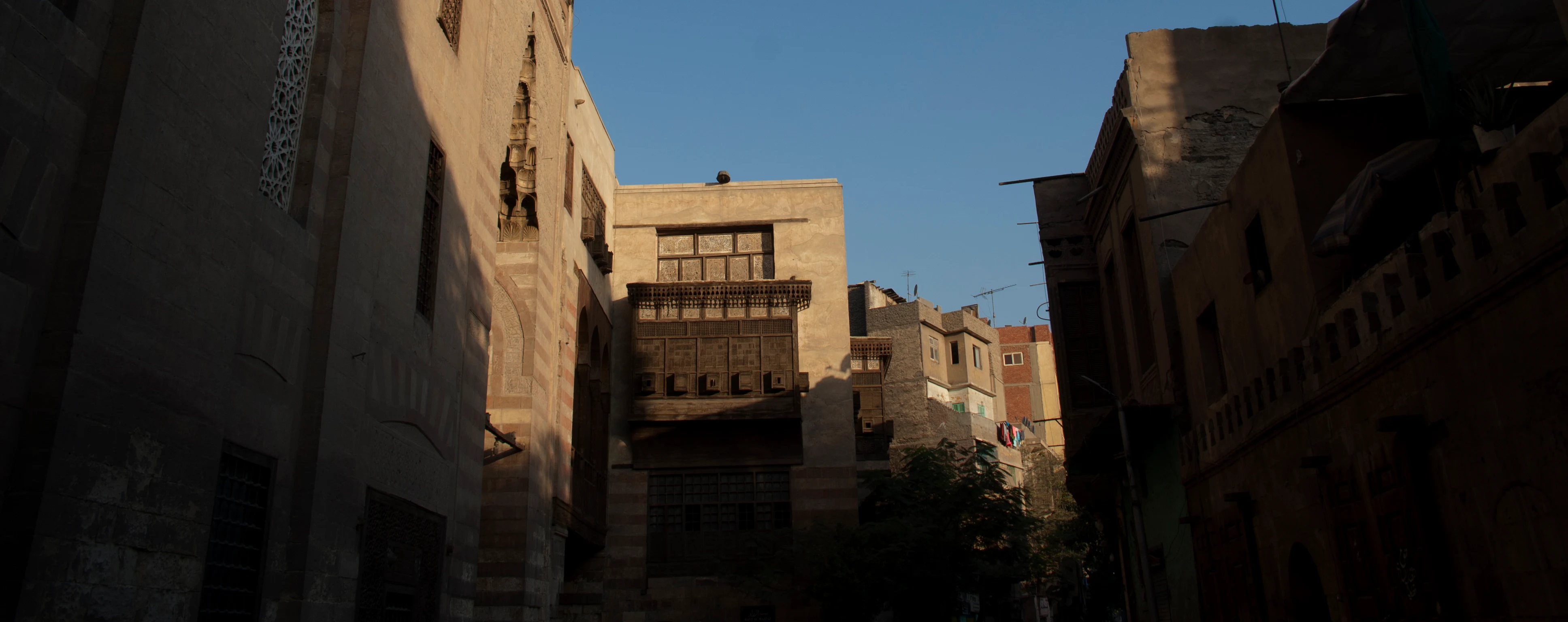AlTanbugha Al-Maridani Mosque
The Mosque, located on the west side of Al-Tabbana Street,This mosque was built by Alā al-Dīn Altunbughā ibn Abdallah Altinbughā al-Mārīdanī who began his career as a khassaki (imperial guard) and cup-bearer of the ninth Bahri Mamluk Sultan al-Nāsir Muhammad ibn Qalāwūn . At first, Altunbughā al-Mārīdanī was appointed as amir of Ten. Later, he became amir tablakhāna and advanced quickly to become Amir of Hundred, then Amir of Thousand. He was one of the Amirs of Sultan Al-Nasir Muhammad ibn Qala’un and his son-in law. He started the construction in 1338-9 and finished it in 1340, under the supervision of the Mu’allim ibn Al-Suyufi, chief architect to Al-Nasir Muhammad. Altinbugha Al Maridani Mosque has survived almost 700 years since its construction thanks to the initial high quality of conception and workmanship of its Mamluk builders, but also due to a continuous use and good maintenance as a congregational mosque.
